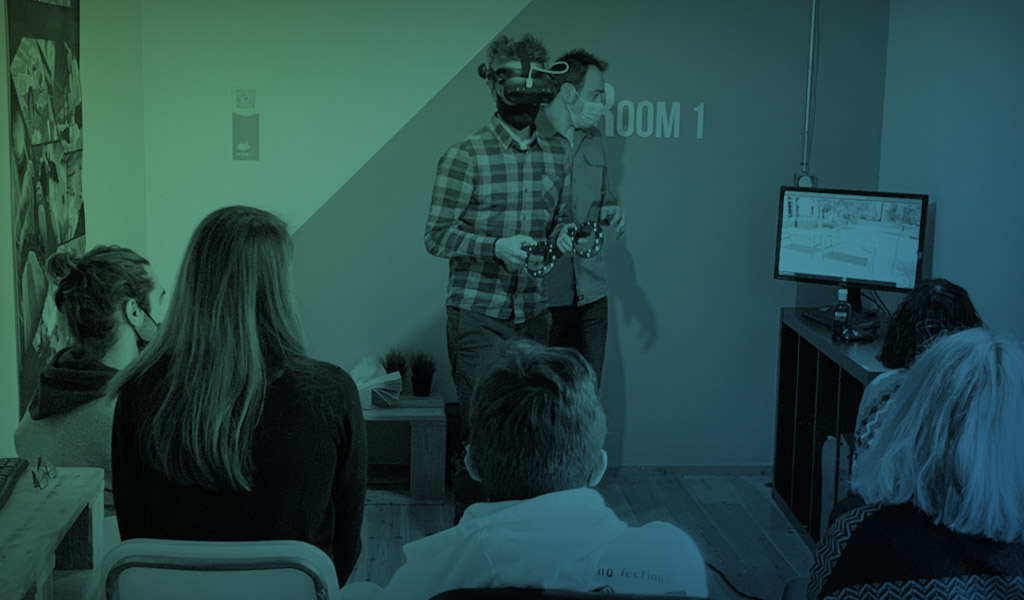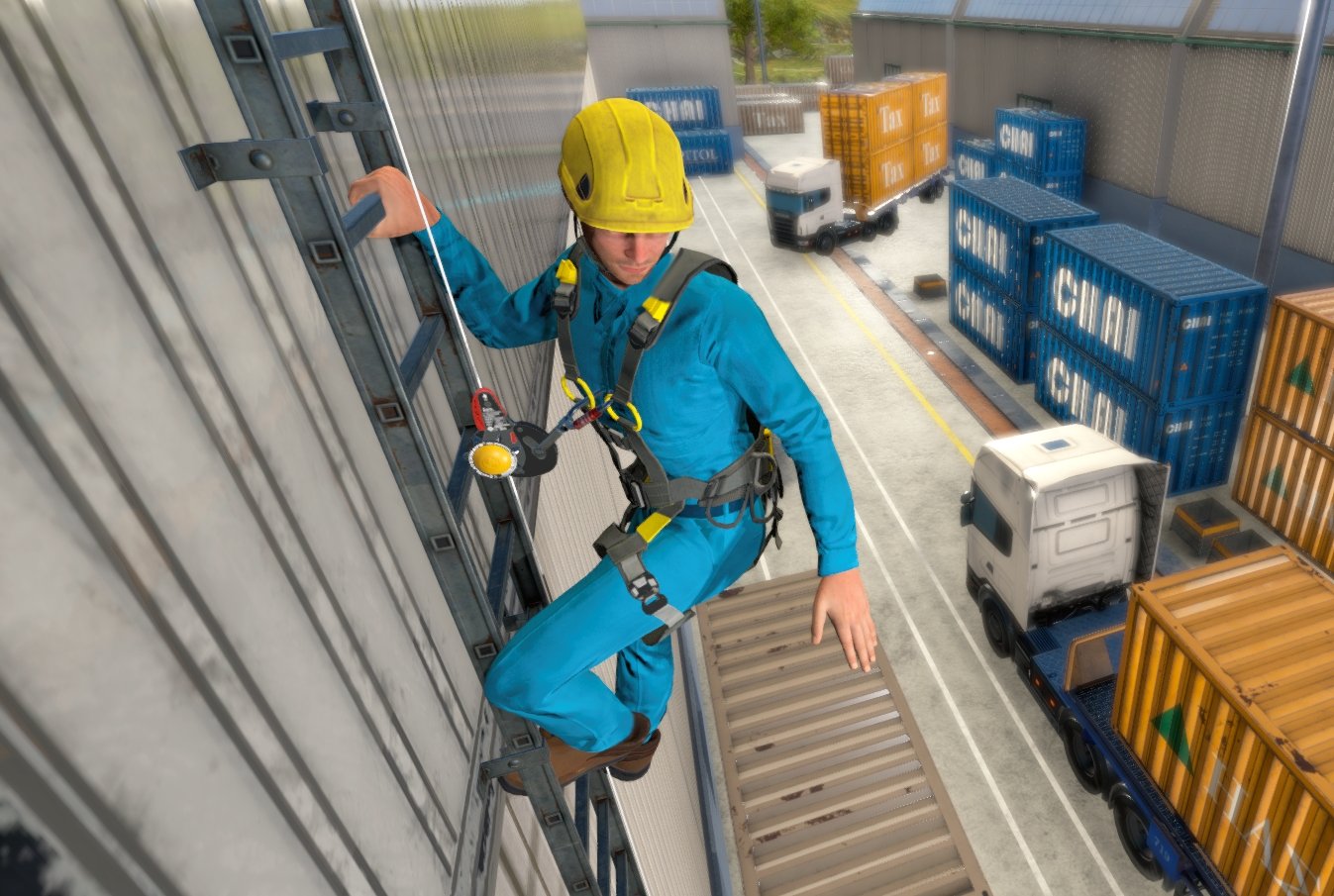Virtual reality offers several benefits to external prevention services or companies specialized in occupational health and safety (HSE) training. One of the advantages of using this technology to train employees is the competitive edge it provides.
Virtual reality simulations recreate realistic scenarios and situations. Using VR goggles such as the Pico 4 Enterprise, the user immerses in the simulation and experiences it firsthand. How does this apply to HSE training?
Virtual reality in HSE training
The figure who benefits the most from virtual reality in HSE training is the trainer, who gains a competitive edge. This technology offers a new vehicle to transmit knowledge and enhance training.
With VR, the trainer can put the employee in a risky situation of their day-to-day life and teach them how to handle it correctly. The worker practices their knowledge to use a fire extinguisher and put out a fire in an office, for example.
This adds a dynamic component to training while allowing employees to experience sensations while learning. Workers train their decision-making skills and can make mistakes, checking their consequences in the form of a virtual accident.
If an operator does not wear the appropriate harness in a simulation of work at height, they may suffer a fatal fall. By experiencing the consequences of careless behavior, it is less likely to be repeated in real life. In this way, awareness increases.
The contents that can be taught with virtual reality are very varied, and the possibilities are increasing. Confined spaces, Electrical hazards, Safety in construction, Risks with elevating platforms, CPR... Ludus' content catalog continues to grow, and the trainer accesses all of them by paying a license.
If you want to know more about the solution we offer or are interested in implementing Ludus VR, contact us at this link:
A study conducted in 2022 by the ICS (Catalan Institute of Health) provides proof of the potential of this technology in HSE training. The study, published in BMC Medical Education, demonstrates that VR enhances the knowledge acquired in Basic Life Support training.
How an HSE prevention service gains a competitive edge with virtual reality
As we mentioned, one of the benefits of using virtual reality in HSE training is the competitive edge it provides. By implementing it in their safety and health training, an HSE prevention service differentiates itself from the competition.
The use of virtual reality is one of the first technological innovations in the prevention sector in decades. It is not the first time this has happened; in the past, the way knowledge was imparted also evolved with the arrival of video or PowerPoint.
By being among the first to jump on the digitalization train, the prevention service achieves a greater competitive edge. It offers potential and current customers an added value that the competition does not have, with cutting-edge technology.
This translates into competing for value, avoiding the traditional price war. Furthermore, virtual reality offers the possibility of imparting very varied contents, competing in various areas.
In this case, the greatest benefit will be obtained by selling more training than the competition. This tool also allows for training to be organized in less time and even delivered remotely, things that increase the competitive edge. Moreover, these functionalities also provide a greater profit margin and increase product availability.
The external prevention service's external image also benefits in several ways:
- Positioning itself as a pioneering prevention service that evolves at the pace of new technologies applied to the sector.
- Demonstrating commitment to the environment. Using virtual reality helps reduce environmental impact by reducing travel, starting fires, or spending real extinguishers.
The competitive edge is not the only benefit that external HSE prevention services obtain by using virtual reality. If you want to learn how to make more money by implementing VR in HSE training, discover them at this link.


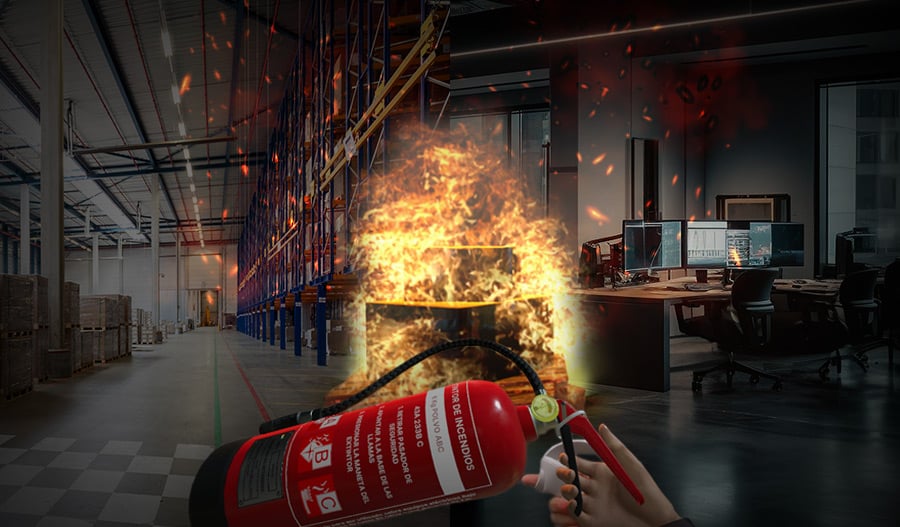
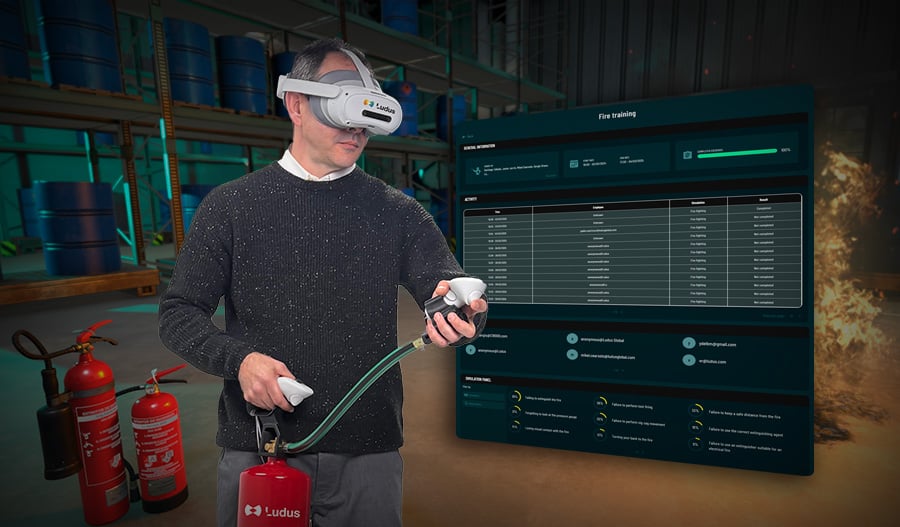
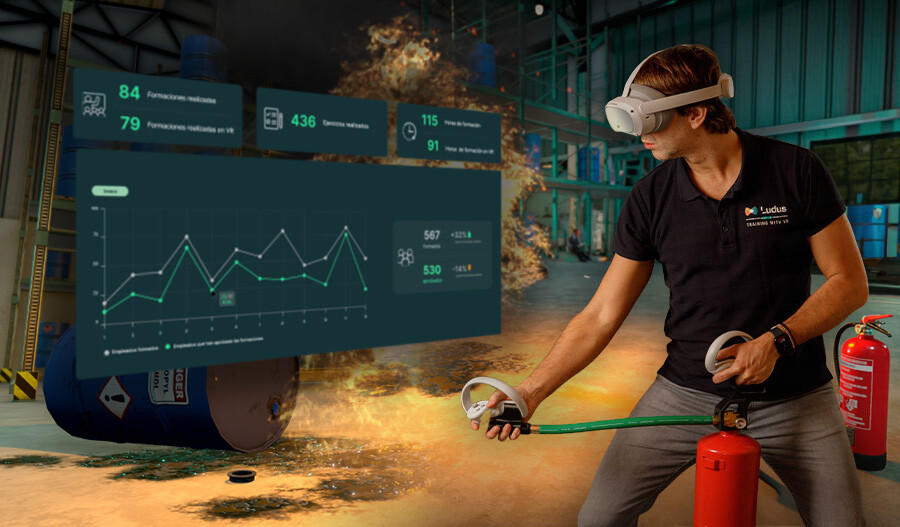
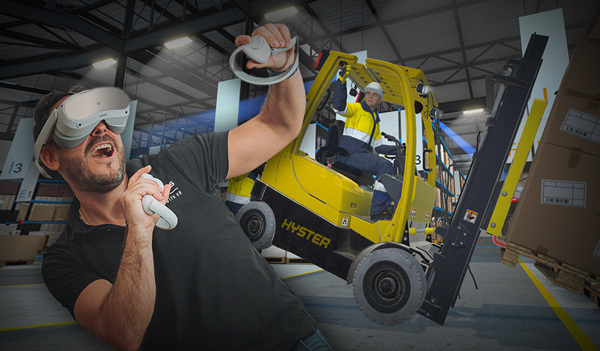
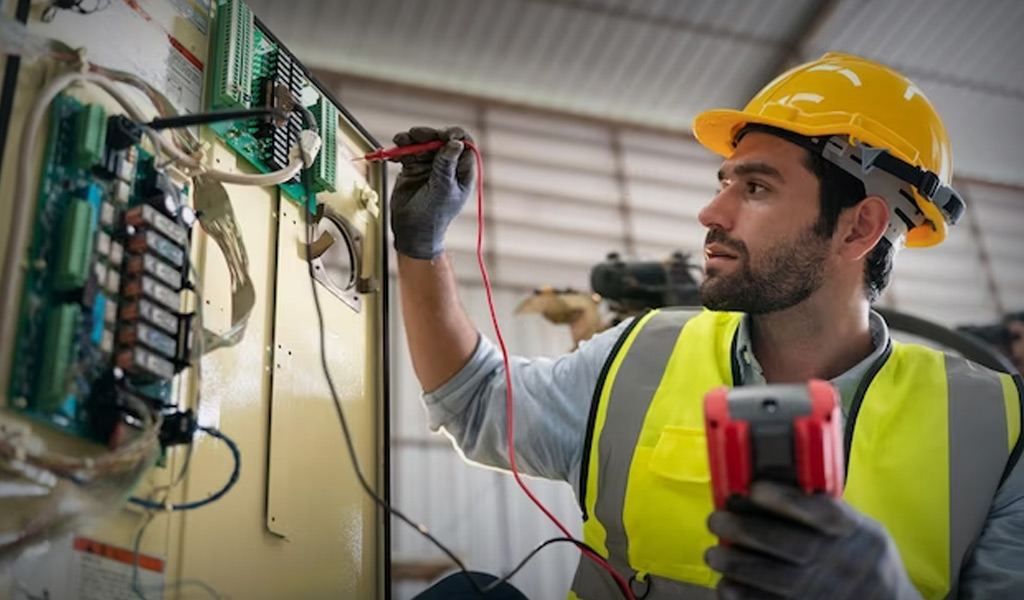
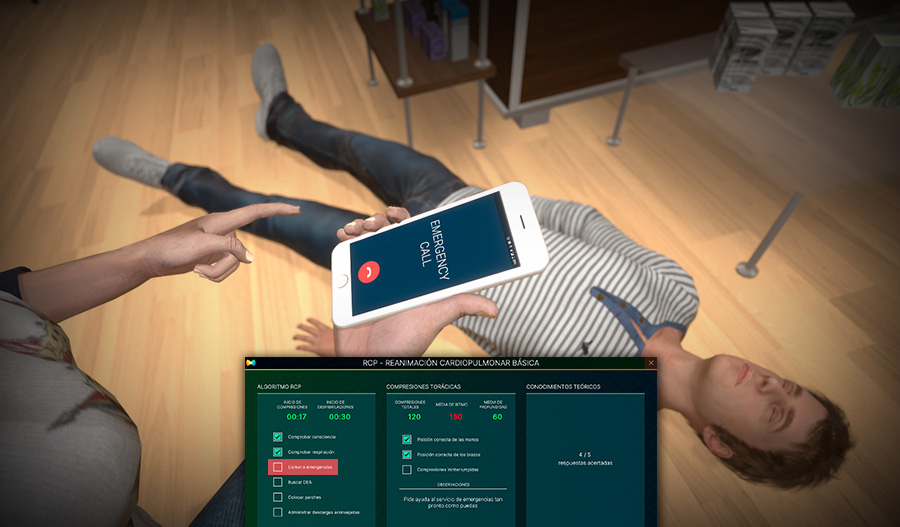
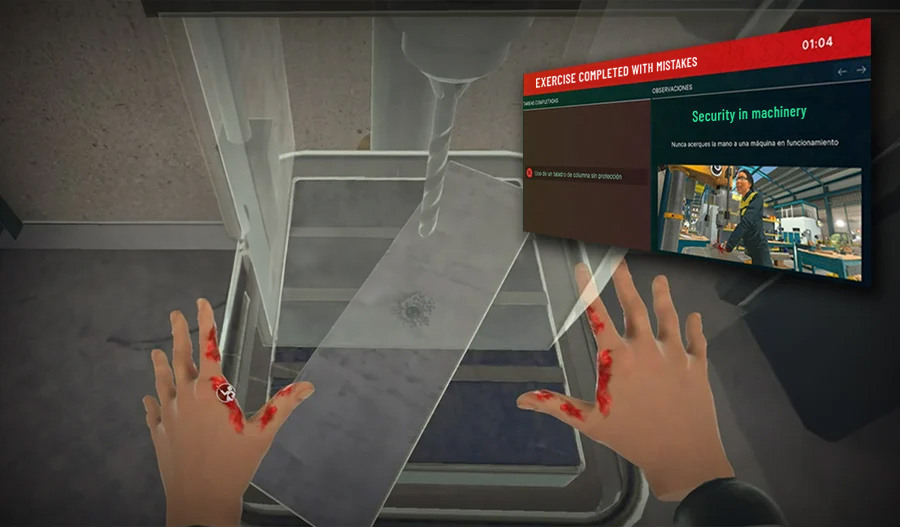


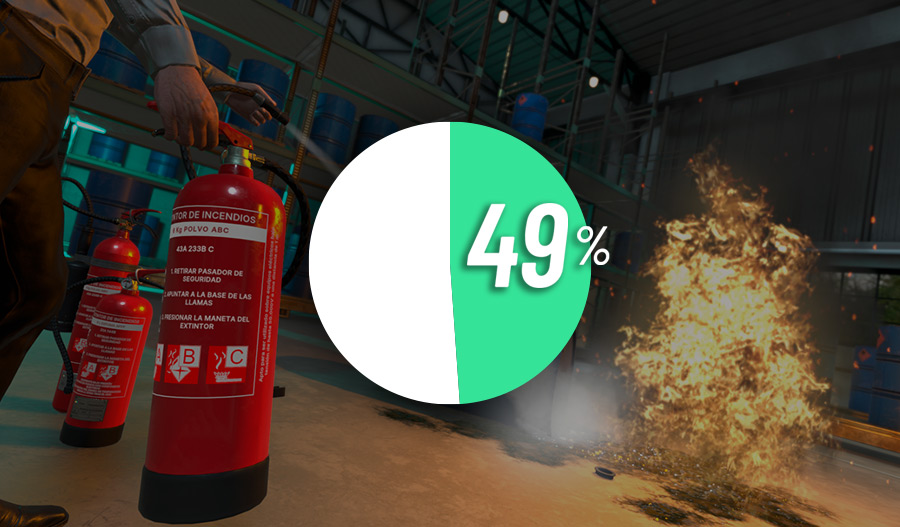
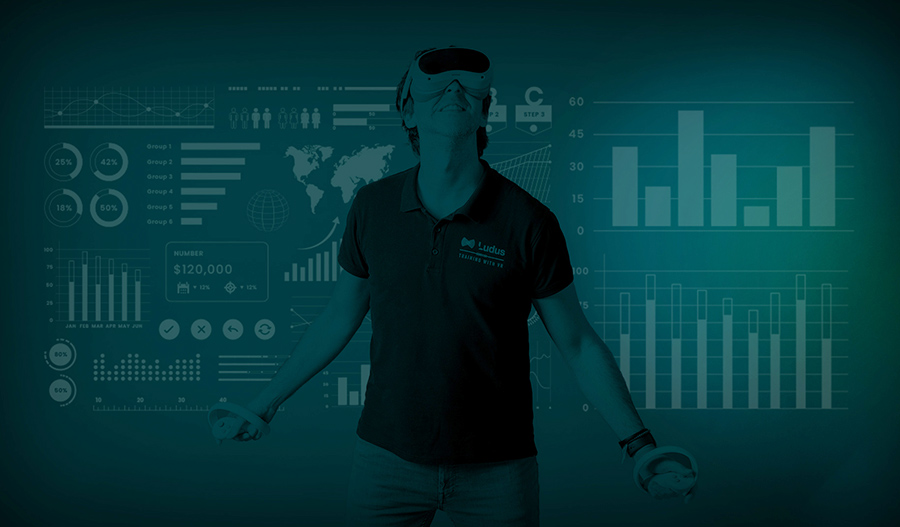
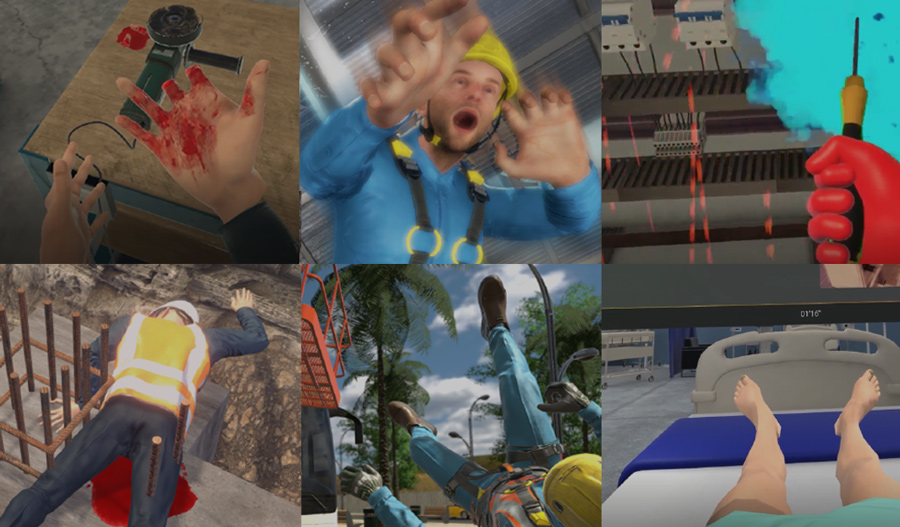
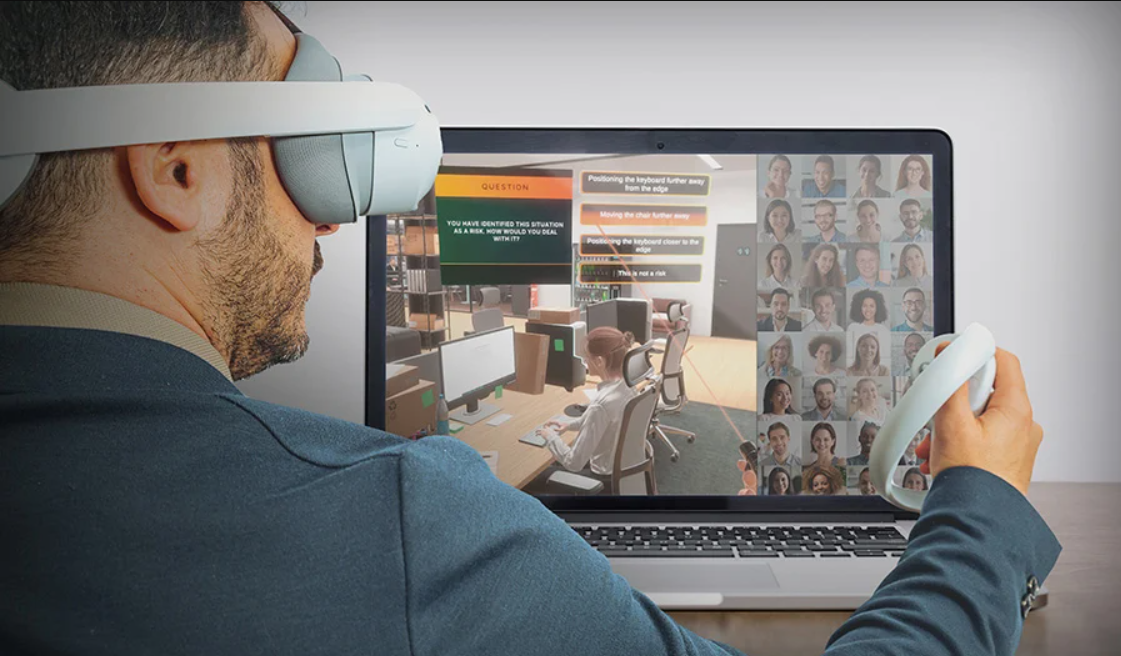
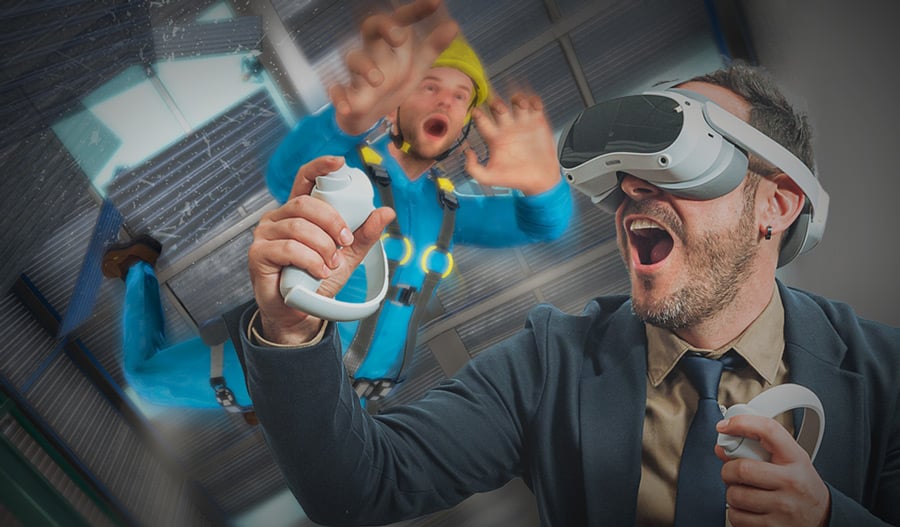
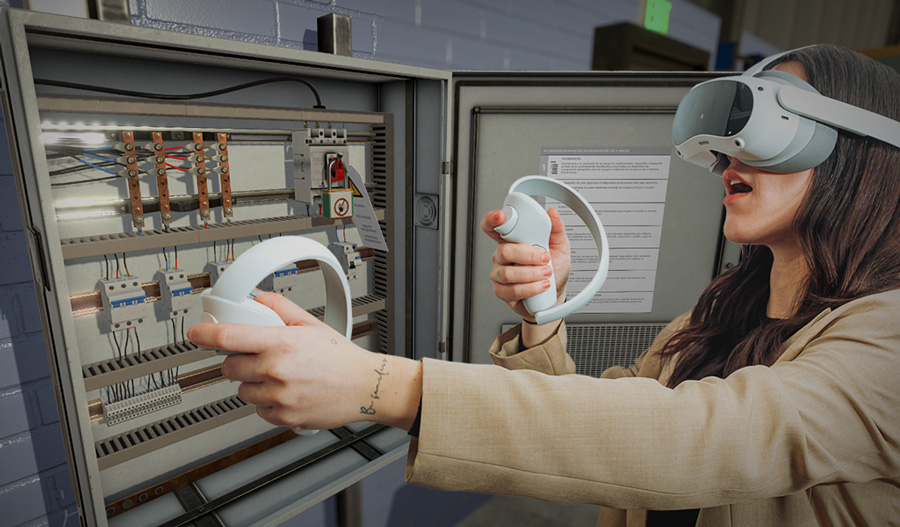
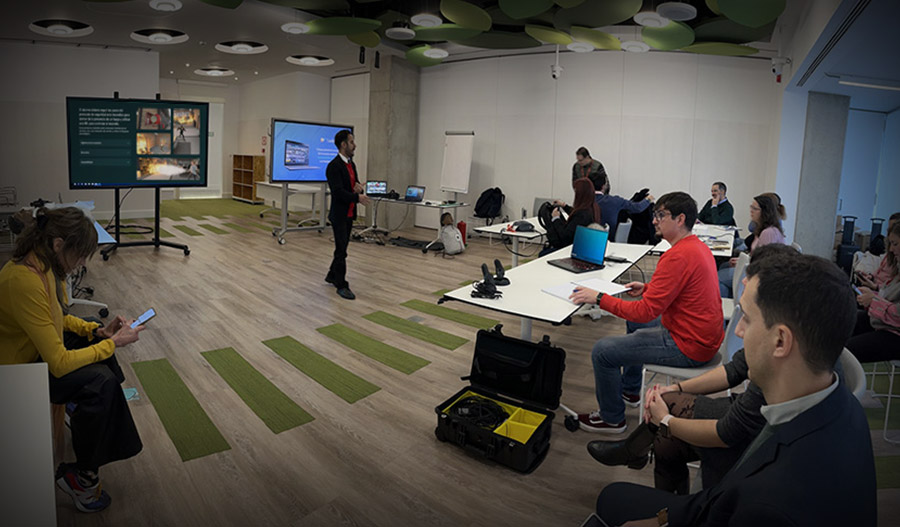
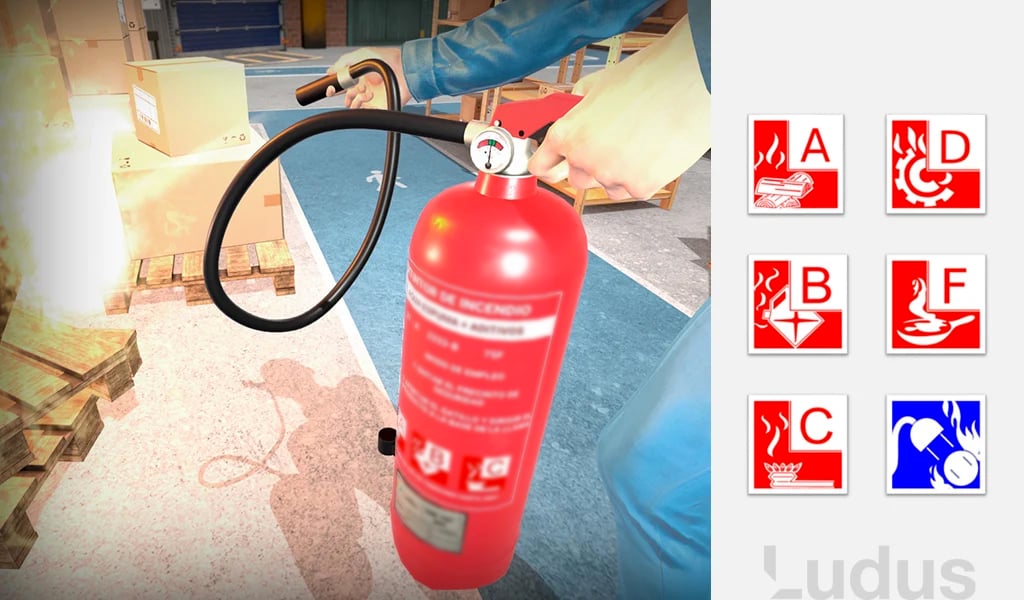
.jpg)
